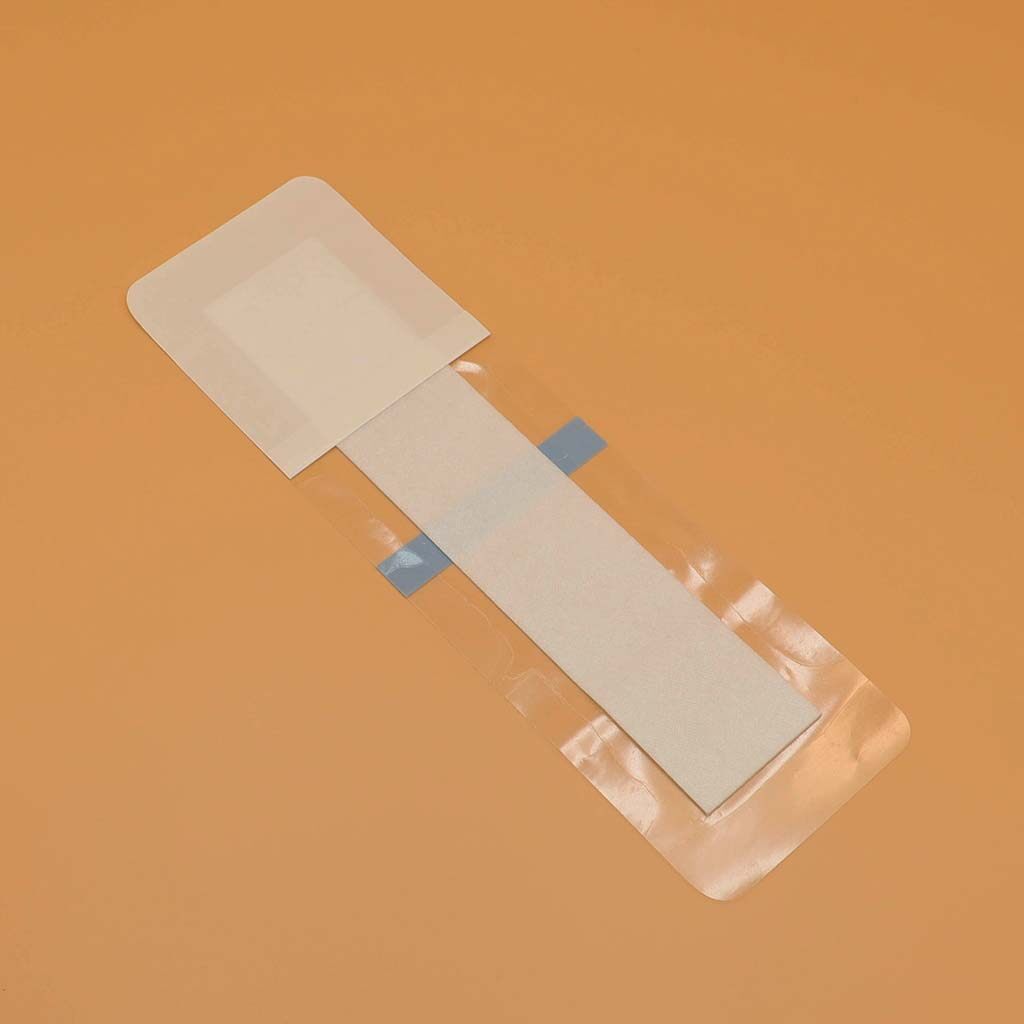Email cannot be empty
Password cannot be empty
Email format error
Email cannot be empty
Email already exists
6-20 characters(letters plus numbers only)
The password is inconsistent
Email format error
Email cannot be empty
Email does not exist
6-20 characters(letters plus numbers only)
The password is inconsistent


The Essential Guide to Foam Dressing Wound Care
When it comes to wound care, the right materials and methods can make all the difference in the healing process. Among the various options available, foam dressings have gained popularity due to their unique properties and versatility. In this blog, we will explore what foam dressings are, how they work, their benefits, and tips on how to effectively use them for wound care.
Understanding Foam Dressings
Foam dressings are specialized wound care products made from polyurethane foam. They are designed to absorb exudate (fluid) from wounds while keeping the surrounding skin dry. This dual action creates an optimal healing environment, promoting faster recovery. They come in various shapes, sizes, and thicknesses, making them suitable for different types of wounds, from minor cuts to more significant injuries.
How Foam Dressings Work
Foam dressings work by utilizing their porous structure to absorb wound exudate. The foam allows moisture to be drawn into the dressing while preventing bacteria and external contaminants from entering the wound. This moisture management is crucial, as too much fluid can lead to maceration (softening of the skin), while too little can result in a dry wound bed, hindering healing.
In addition to moisture absorption, foam dressings create a cushioning effect. This cushioning protects the wound from external trauma and minimizes pain during movement or contact. Many foam dressings are also adhesive, providing a secure fit that helps keep the dressing in place, even in challenging conditions like heavy sweating or exposure to water.
Benefits of Foam Dressing Wound Care
1. Excellent Absorption
One of the standout features of foam dressings is their ability to absorb significant amounts of exudate. This makes them particularly useful for wounds with moderate to high levels of drainage. The absorption helps prevent fluid buildup, reducing the risk of infection and promoting a healthy healing environment.
2. Comfort and Flexibility
Foam dressings are soft and flexible, which enhances patient comfort. They conform to the shape of the wound and surrounding skin, making them ideal for use on areas of the body that are prone to movement, such as joints. This flexibility also means that foam dressings can be used on wounds located in difficult-to-dress areas, providing a snug fit without causing discomfort.
3. Breathability
Most foam dressings are designed to be breathable, allowing moisture vapor to escape while still protecting the wound from external contaminants. This feature helps maintain a balanced moisture level in the wound bed, which is essential for promoting optimal healing conditions.
4. Reducing Pain and Discomfort
Foam dressings can help minimize pain associated with wounds. Their cushioning effect not only protects the wound from external pressure but also reduces friction, which can be particularly beneficial for wounds located in areas that experience movement or pressure.
5. Versatility
Foam dressings are available in various shapes and sizes, making them suitable for a wide range of wounds, including surgical incisions, pressure ulcers, and traumatic injuries. Their versatility allows healthcare providers to choose the right dressing for the specific type and severity of the wound, ensuring the best possible care.

Tips for Using Foam Dressings in Wound Care
1. Assess the Wound
Before applying a foam dressing, it’s essential to assess the wound thoroughly. Determine the type of wound, the level of exudate, and the surrounding skin condition. This assessment will guide your choice of dressing size and thickness, ensuring optimal care.
2. Clean the Wound
Proper wound cleaning is a critical step in wound care. Use a gentle saline solution or a prescribed wound cleanser to clean the wound area, removing any debris or dead tissue. Pat the area dry with a clean, sterile gauze pad before applying the foam dressing.
3. Choose the Right Dressing
Select a foam dressing that is appropriate for the wound type and drainage level. For wounds with heavy exudate, consider a thicker dressing designed for high absorption. For low-drainage wounds, a thinner dressing may be sufficient.
4. Apply the Dressing Carefully
When applying the foam dressing, ensure it extends at least 1-2 centimeters beyond the wound edges to create a secure seal. If the dressing is adhesive, press it gently but firmly to ensure it adheres well to the surrounding skin.
5. Monitor the Wound
After applying the foam dressing, it’s essential to monitor the wound regularly. Check for signs of infection, such as increased redness, swelling, or pus. Change the dressing as needed, typically every 3-7 days, depending on the level of exudate and the dressing type.
6. Maintain a Healthy Environment
Encourage a healthy healing environment by keeping the wound clean and dry. If necessary, consider using additional measures like topical antibiotics or barrier creams to protect the surrounding skin from moisture.
7. Seek Professional Advice
If you have any concerns about the wound’s healing progress or notice any unusual symptoms, do not hesitate to seek advice from a healthcare professional. They can provide guidance on appropriate wound care techniques and products, ensuring the best possible outcome for your healing journey.
Foam Dressings in Special Situations
Surgical Wounds
Foam dressings are often used for surgical wounds due to their absorption capabilities and comfort. After surgery, it is crucial to keep the incision site clean and protected to prevent infection. Foam dressings provide a barrier against contaminants while managing drainage effectively.
Pressure Ulcers
For patients at risk of pressure ulcers or those who already have them, foam dressings can play a significant role in care. They help redistribute pressure, reducing the risk of further skin breakdown. Their cushioning properties can also relieve pain and discomfort associated with pressure sores.
Diabetic Foot Ulcers
Diabetic foot ulcers require special attention due to their susceptibility to infection. Foam dressings can be particularly beneficial in managing exudate while providing a protective barrier. Regular monitoring and changing of the dressings are essential in preventing complications.
Burns
In the case of burns, foam dressings can provide relief by reducing pain and protecting the wound from external irritants. They allow for a moist healing environment, which is essential for burn recovery.
Conclusion
Foam dressing wound care is a vital aspect of effective wound management. Their unique properties, including excellent absorption, comfort, and versatility, make them an excellent choice for various types of wounds. By understanding how to use foam dressings effectively, you can contribute to optimal healing outcomes and improve the quality of care for yourself or those you are helping.
Whether you are a healthcare professional or someone managing wounds at home, incorporating foam dressings into your wound care routine can enhance the healing process and provide much-needed comfort. Remember to always assess the wound, choose the right dressing, and maintain a clean, healthy environment for healing. With the right approach, foam dressing wound care can be a game-changer in your journey toward recovery.

